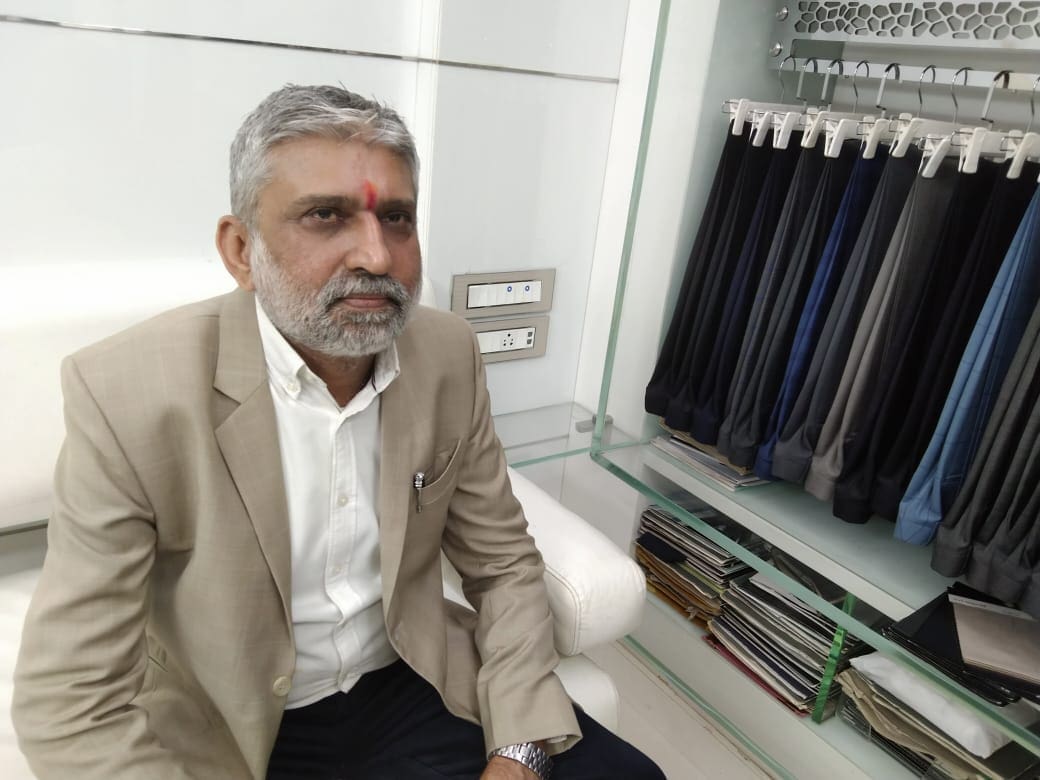Mr. Babubhai S. Ayar, Chairman – Ashish Domestic Garments Manufacturers Association and Immediate Past Vice President of The Clothing Manufacturers Association of India (CMAI) has demanded to reduce GST rate from 12 % to 5% on all readymade garments having MRP of Rs. 1,000 and more. He has also demanded to keep uniform GST rate of 5% on all types of cotton yarn, synthetic yarn, fabrics, made ups & garments.
In a pre-budget memorandum sent to the Central Government, he has stated that in order to achieve the textile / clothing industry target of USD 280 Billion by 2025 from present USD 140 Billion, the Government should bring in progressive, export oriented,labour oriented as well as production oriented policy in the new Textile Policy. Last Textile Policy was announced in the year 2000 and no subsequent new Textile Policy has been announced after 2000. It will be in the interest of the trade & industry if new Textile Policy is announced every 5 years by the Central Govt. similar to the announcement of the 5 Year Plans.
Mr. Ayar further demanded that unrestricted import of duty free & quota free garments from Bangladesh should be restricted. Further, these garments exported to India by Bangladesh should be made from Indian and local fabric only. Garments made from China fabrics should not be permitted to enter India. Moreover, the racket of import of used garments into India should be fully stopped since it affects productivity of Indian trade and production capacity of Indian garment manufacturers remain under- utilized.
Asmita Apparel Park spread over 100 acres on Bhiwandi/Kalyan road has become fully functional. Such apparel parks should be developed at Ahmedabad, Surat etc. under the guidance of CMAI.
Recently announced production linked incentive scheme for apparel and garments should be made applicable to fibre& yarn. It is necessary to see that price and availability of raw materials remain reasonable & steady. Therefore, export of cotton in any form as a raw material should be curtailed and more incentives should be given to the export of fabric, made-ups and garments having more value addition.
Mr. BabubhaiAyar informed that garments trade have lost its sheen in Mumbai due to development of other centers. Now garment manufacturing activities have increased in centers like Ahmedabad, Surat, Indore, Jaipur, Kolkata, Delhi, Bangalore etc. In order to support domestic garment business, Govt. should develop exhibition centers like PragatiMaidan of Delhi, in cities like Mumbai and others.Moreover, Govt. can develop one such center in Mumbai in one of those closed textile mills of National Textile Corporation, where garment& other fairs can be organized to generate revenue.
Though Govt. has increased the limit of small scale industries (SSI) to Rs. 5 Crore, SSI do not get concession of 1.5% interest from banks, which they should.
Though eligibility of trade license in garment industry has increased to 20 employees from 10, the eligibility of exemption for payment of provident fund should be increased to more than 50 employees.
Still some places on Bhiwandi/Kalyanroad faceproblems of MathadiKamgar, Labour Union and local politicians. This needs to be eliminated. Peaceful environment coupled with proper enforcement of law and order are very essential for development of business expansion.
India needs specialized malls & shopping centers like China as well as huge manufacturing units with large infrastructure like China for cost effectiveness and to thwart other competition.
Dadar has now become major hub for garments manufacturing & trade, in Mumbai. There are around 10,000 units in Dadar and size of Dadargarment trade has increased over Rs. 25,000 Crore annually.
—————————————————————————————-

